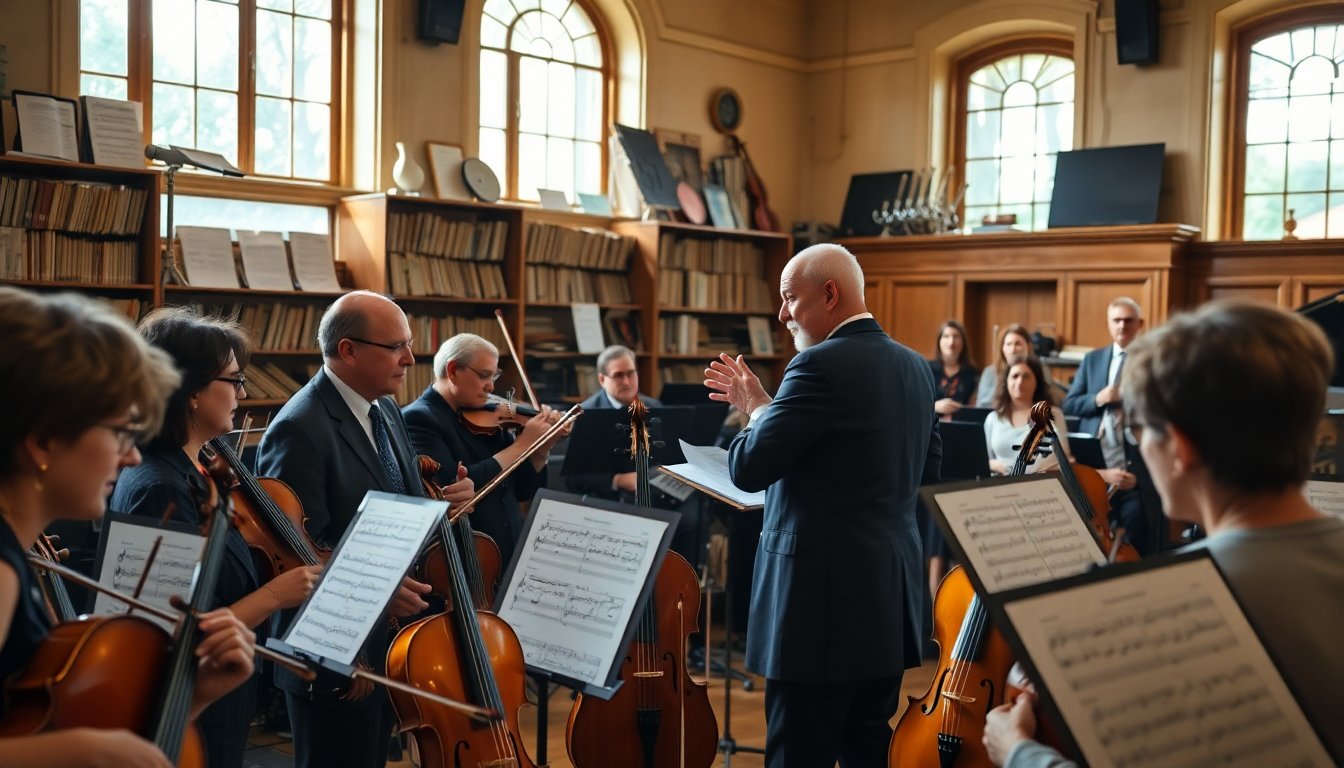Table of Contents
Discussions about public funding have intensified, with budget cuts posing a serious threat to classical music communities across the United States. Public radio, a key platform for classical music, faces significant financial challenges that could jeopardize the genre’s presence in American cultural life.
The potential impact of these funding cuts extends beyond programming changes. They could fundamentally alter how audiences access and appreciate classical music nationwide. As public radio stations contend with shrinking budgets, the future of this esteemed genre remains uncertain.
The role of public radio in promoting classical music
Public radio has historically been essential in nurturing and promoting classical music. These stations provide a platform for both established and emerging artists, offering rich listening experiences. The broadcasting of symphony concerts, opera performances, and curated playlists has educated listeners and fostered a community around classical music appreciation.
However, the threat of funding cuts raises concerns that many programs may be discontinued or significantly reduced. This could lead to diminished access to high-quality classical music, especially in areas with limited live performances.
Community impact and engagement
The ramifications of these funding cuts deeply affect local communities that rely on public radio to connect with the arts. Classical music enthusiasts depend on local stations for exclusive interviews, behind-the-scenes insights, and live broadcasts of performances. The loss of these programs could alienate dedicated listeners and weaken community engagement with the arts.
Moreover, the reduced programming may also impact local orchestras and music organizations. These entities often collaborate with public radio stations to promote events and reach broader audiences. A decline in radio support could hinder their ability to attract patrons and foster collaborations that enrich their communities’ cultural landscape.
Adapting to a changing landscape
As funding shifts occur, it is crucial for classical music communities to adapt. While public radio has long supported the genre, alternative outreach and engagement methods are increasingly necessary. Embracing digital platforms and social media can create new opportunities for artists and audiences to connect.
Streaming services, social media platforms, and podcasts offer exciting possibilities for expanding the reach of classical music. By utilizing these modern technologies, musicians can share their work with a global audience, bypassing traditional barriers. This transformation could help maintain classical music’s visibility and enhance its relevance in today’s fast-paced media landscape.
Building a sustainable future for classical music
In light of potential challenges from funding cuts, the classical music community must explore new support models. Innovative partnerships with educational institutions, local business sponsorships, and crowdfunding initiatives can provide alternative revenue streams. By diversifying funding sources, organizations can establish a more sustainable ecosystem for classical music that does not solely depend on public radio.
Additionally, collaborating with community organizations can improve outreach efforts. Educational programs designed to introduce young audiences to classical music can nurture a new generation of enthusiasts. Engaging with schools and local arts initiatives can lay a strong foundation for the future of classical music.
The potential impact of these funding cuts extends beyond programming changes. They could fundamentally alter how audiences access and appreciate classical music nationwide. As public radio stations contend with shrinking budgets, the future of this esteemed genre remains uncertain.0


